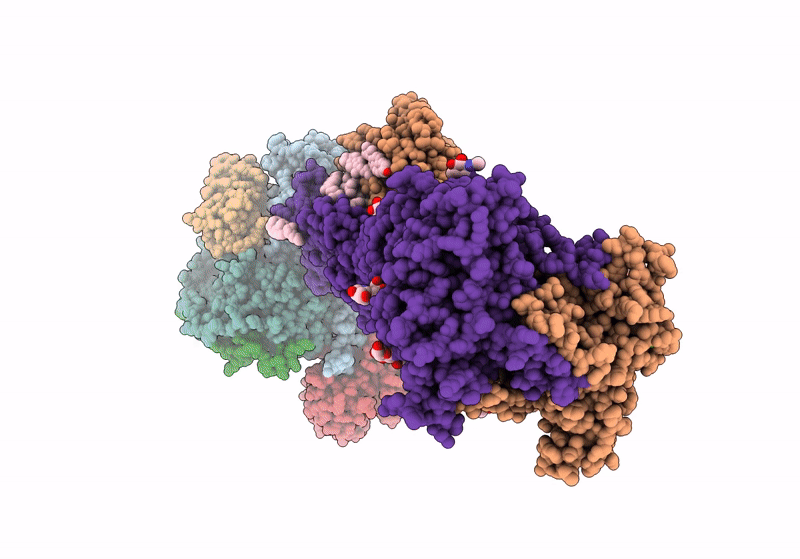
Deposition Date
2024-03-06
Release Date
2024-04-17
Last Version Date
2024-11-06
Entry Detail
PDB ID:
9AXF
Keywords:
Title:
Structure of human calcium-sensing receptor in complex with chimeric Gq (miniGisq) protein in detergent
Biological Source:
Source Organism:
Homo sapiens (Taxon ID: 9606)
Mus musculus (Taxon ID: 10090)
Lama glama (Taxon ID: 9844)
Mus musculus (Taxon ID: 10090)
Lama glama (Taxon ID: 9844)
Host Organism:
Method Details:
Experimental Method:
Resolution:
3.50 Å
Aggregation State:
PARTICLE
Reconstruction Method:
SINGLE PARTICLE


